Leadership and Management Strategies for WA-PILA Hotel Industry Report
VerifiedAdded on 2023/01/23
|22
|893
|30
Report
AI Summary
This report delves into leadership and management principles within the service industry, utilizing WA-PILA as a case study. It begins with an introduction to leadership and management, followed by an examination of classical management theories, including organizational structure, culture, and different management theories. The report then explores the role of a leader, various leadership styles (autocratic, democratic, and transformational), and the differences between leadership and management. The analysis covers WA-PILA's past, present, and future approaches to leadership and management, highlighting the evolution of leadership styles and the application of different management theories. The report concludes by emphasizing the importance of effective leadership and management for organizational success, providing a comprehensive overview of the topic and its practical implications within the service sector.
1 out of 22
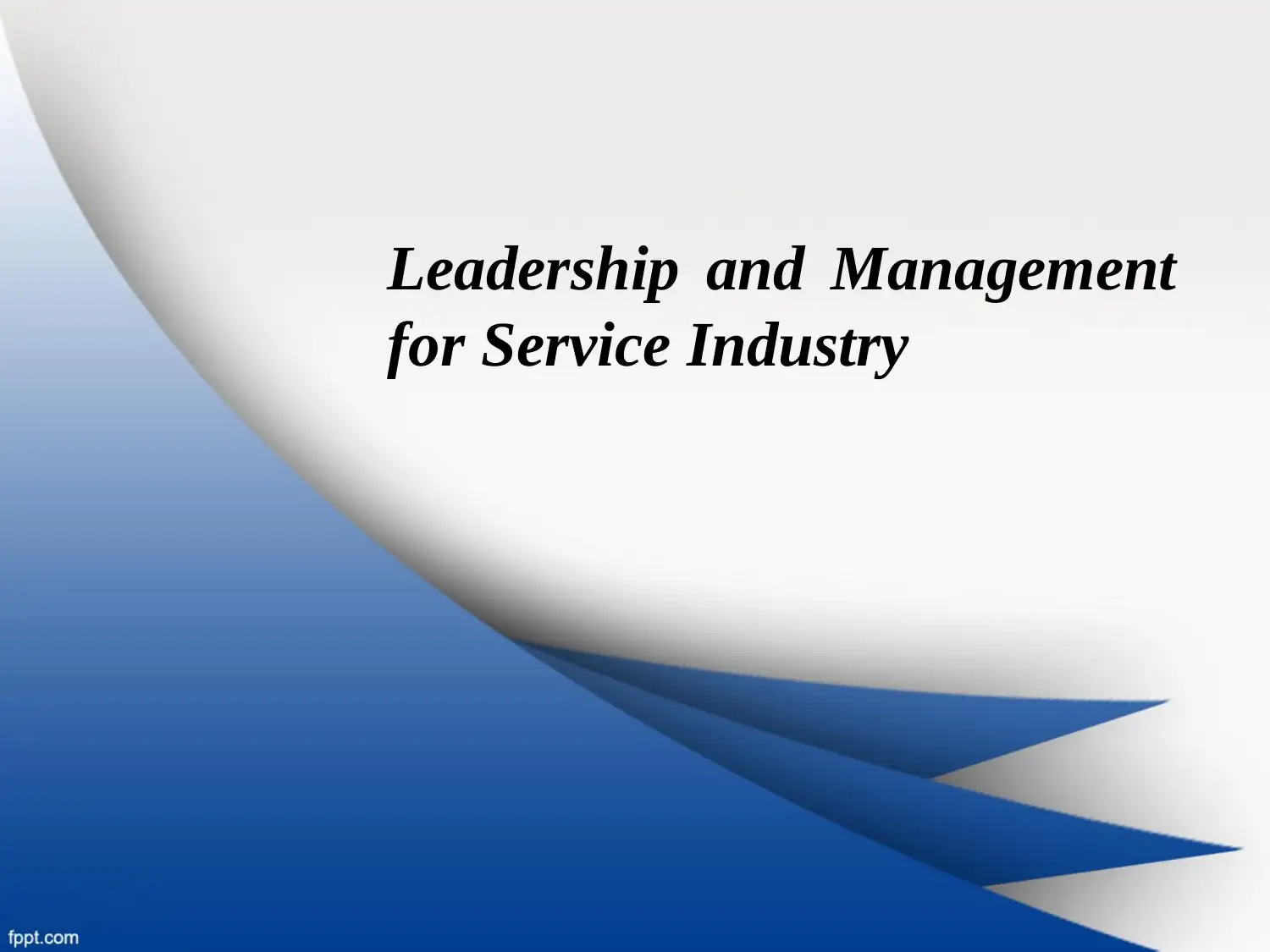
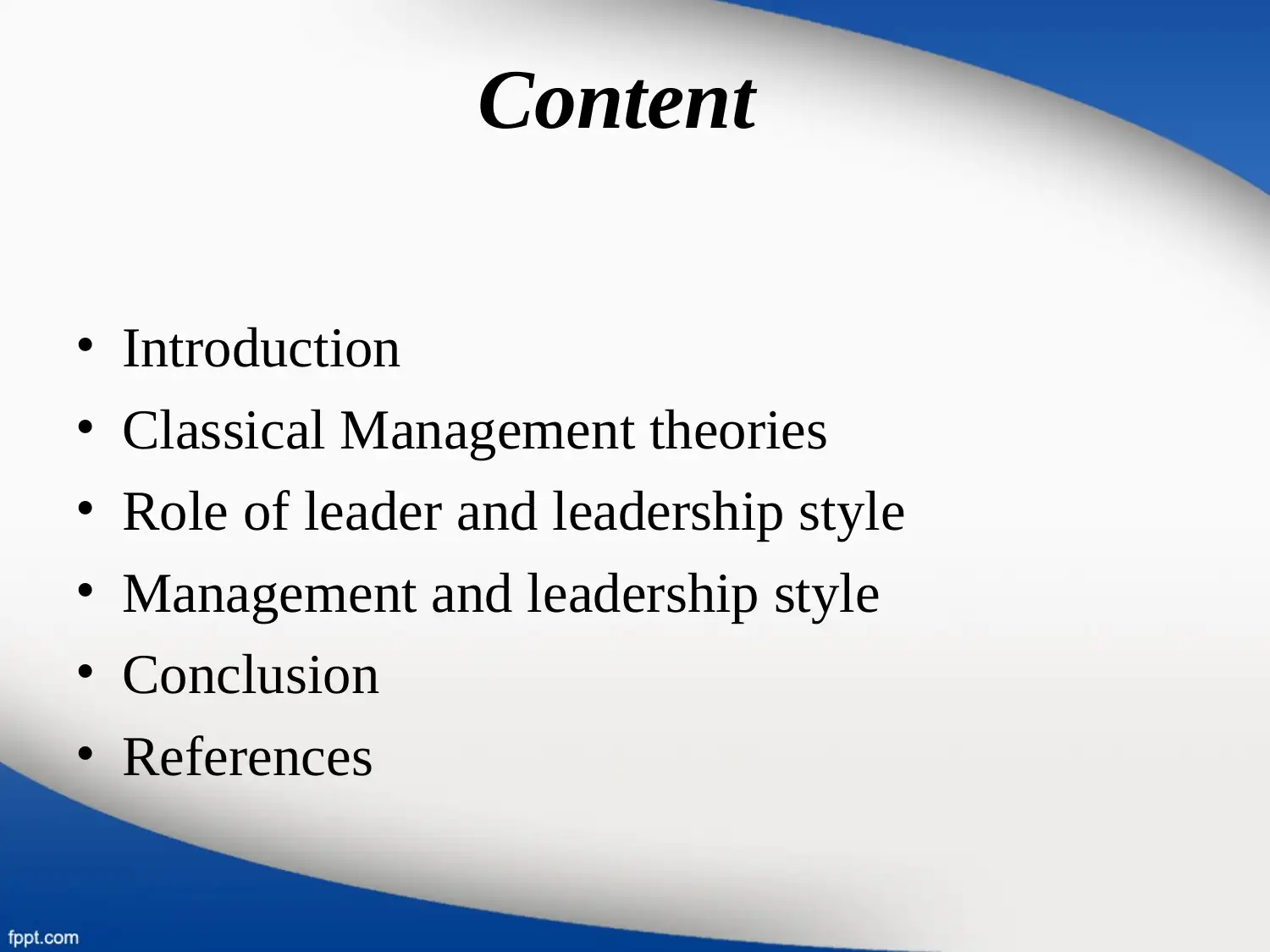
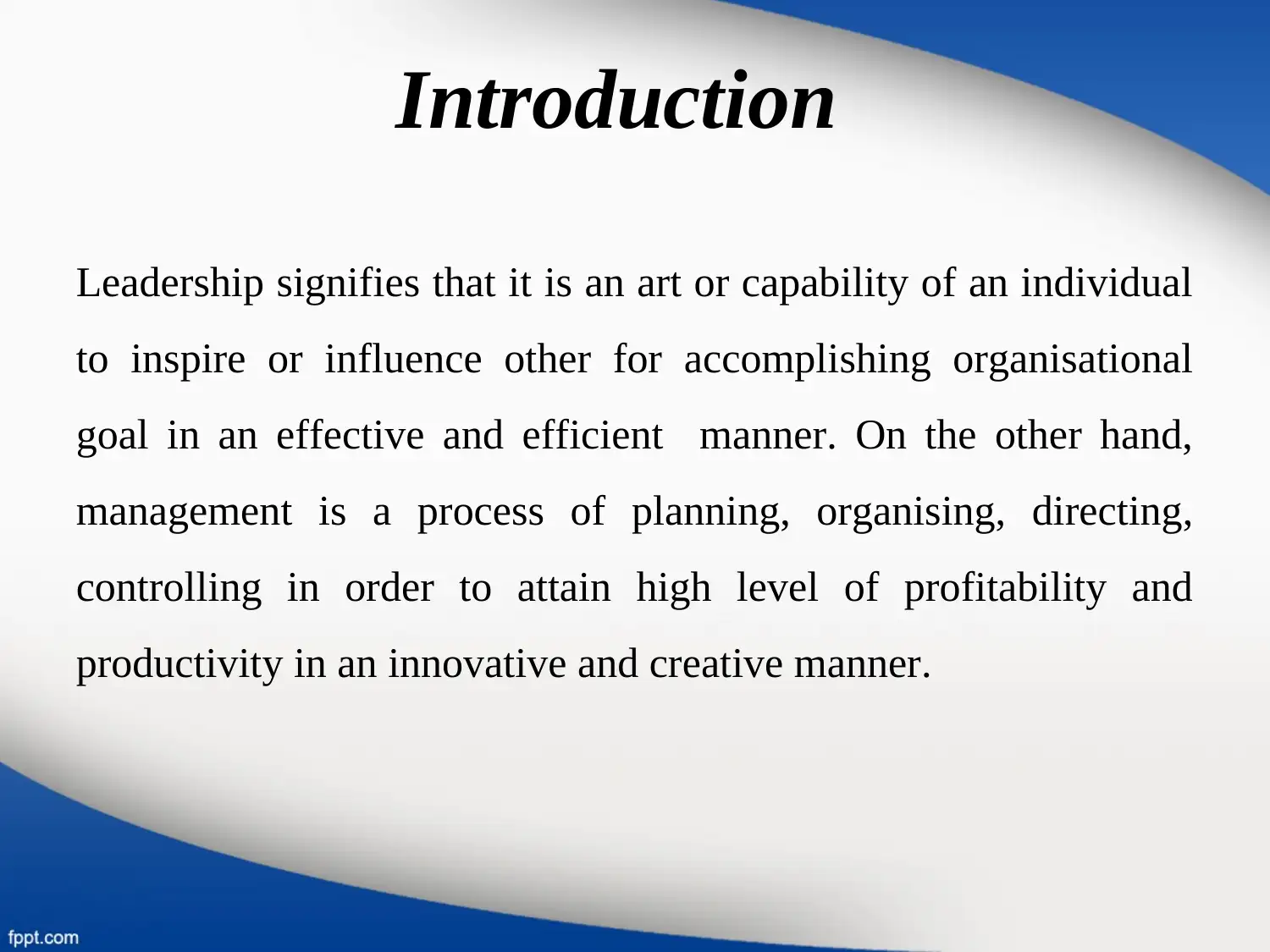

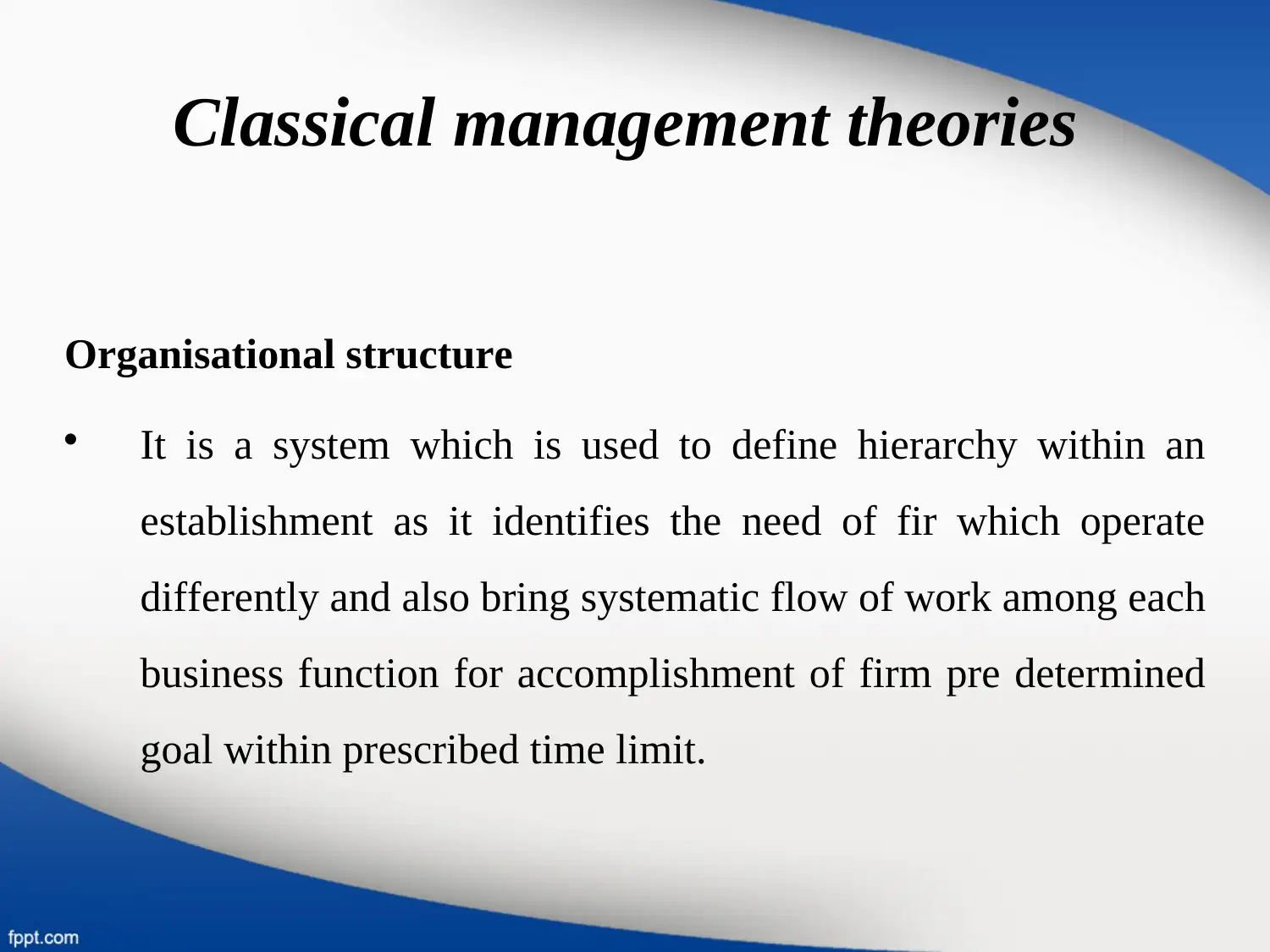
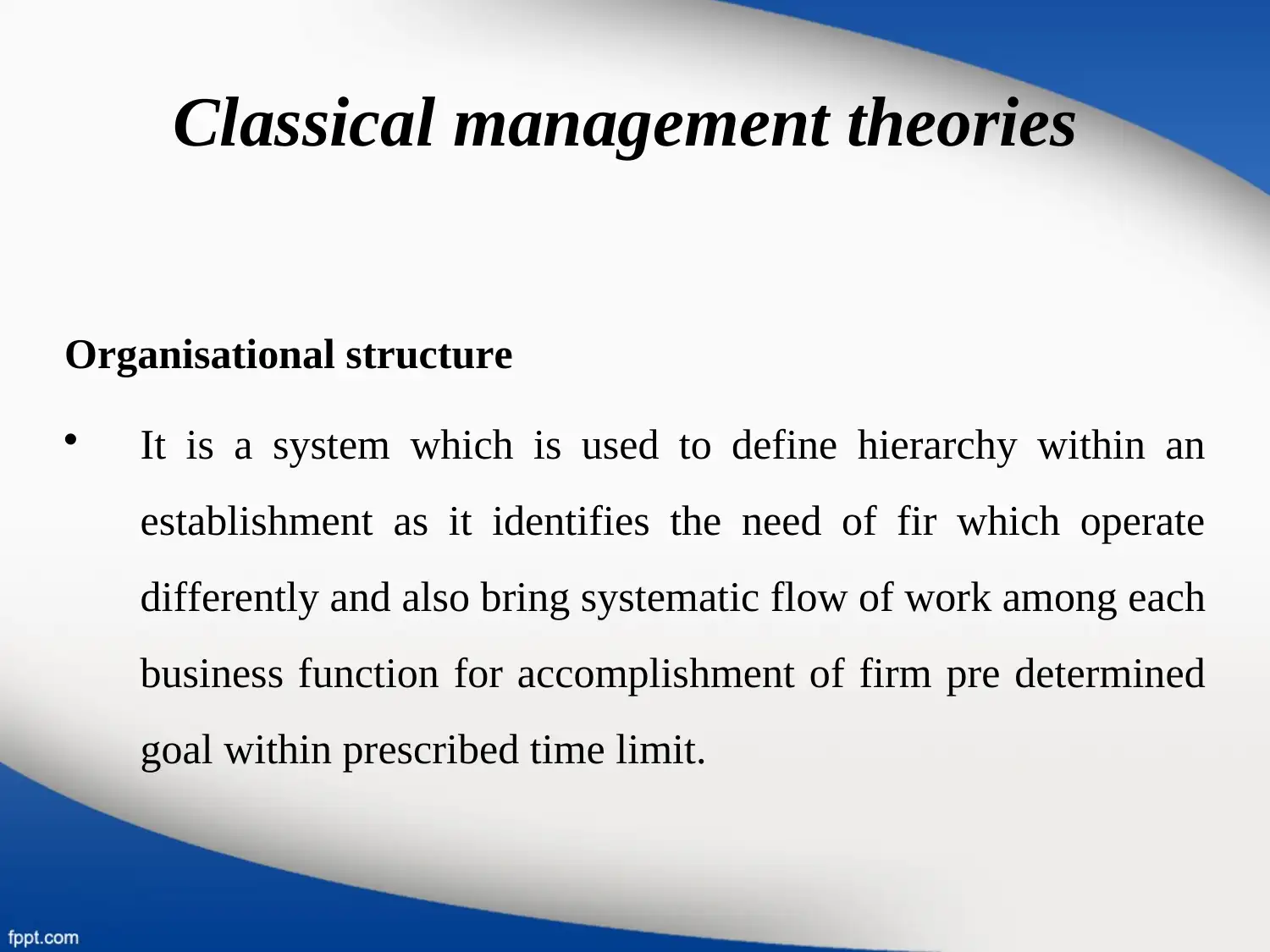
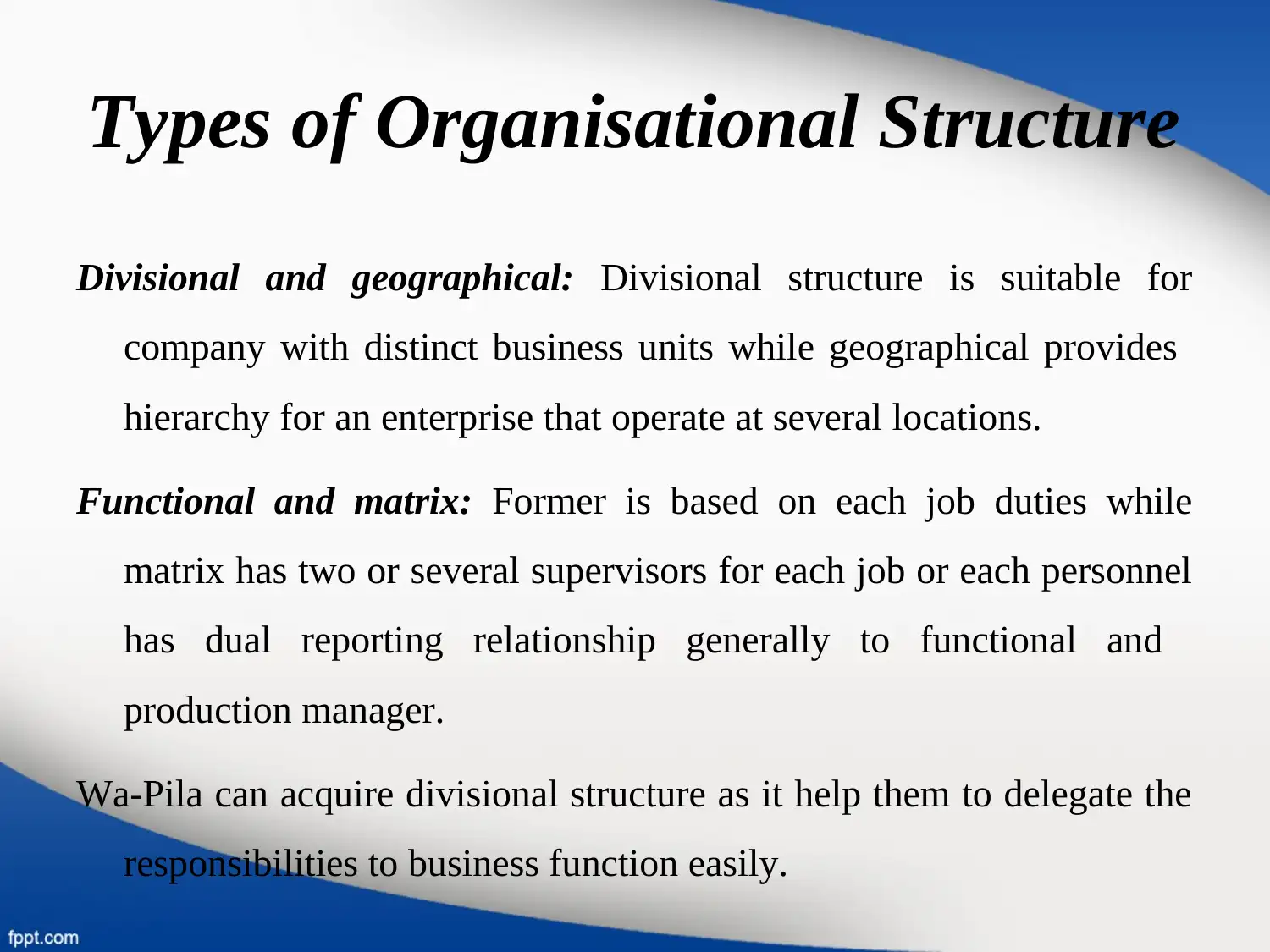
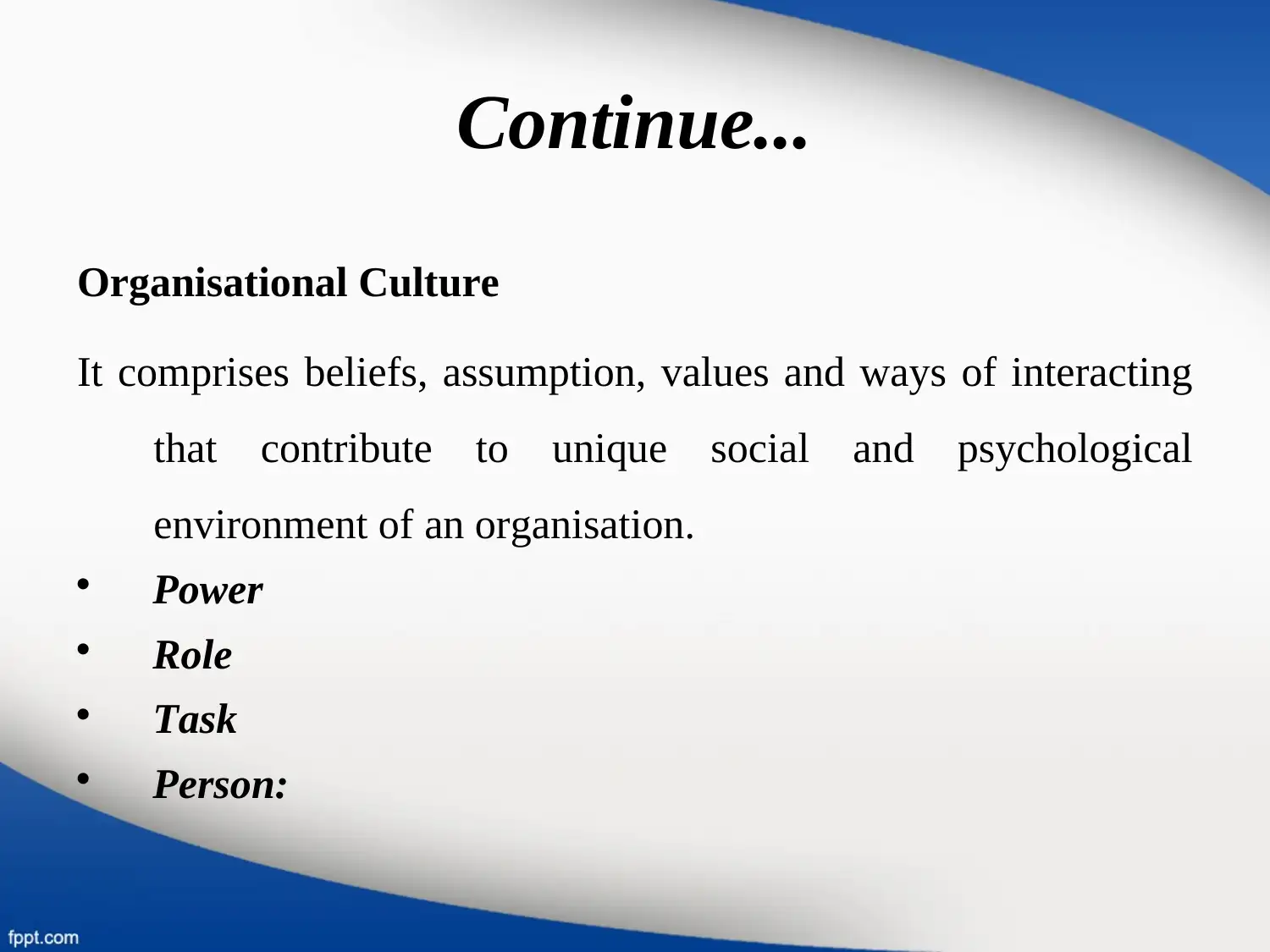
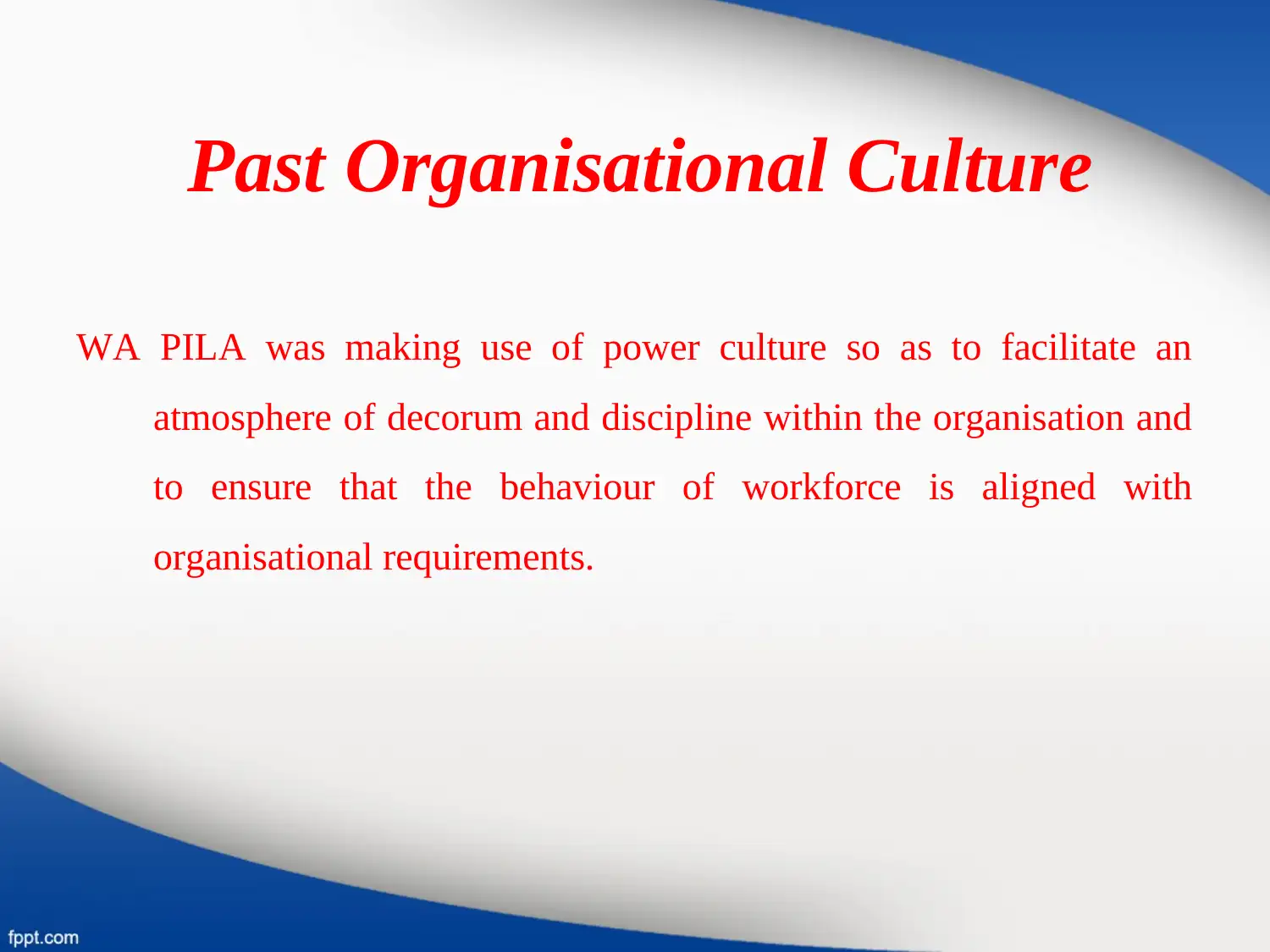
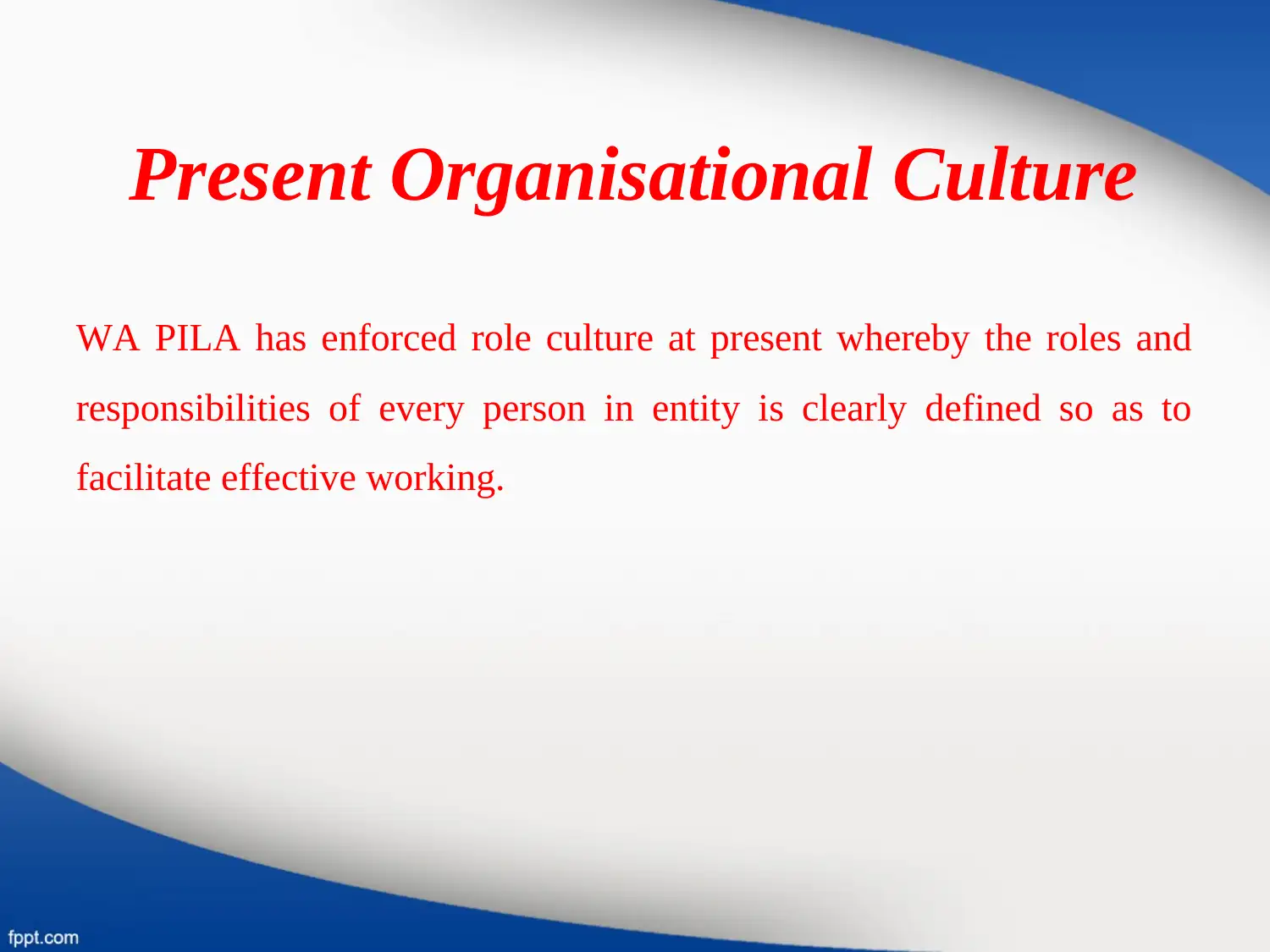
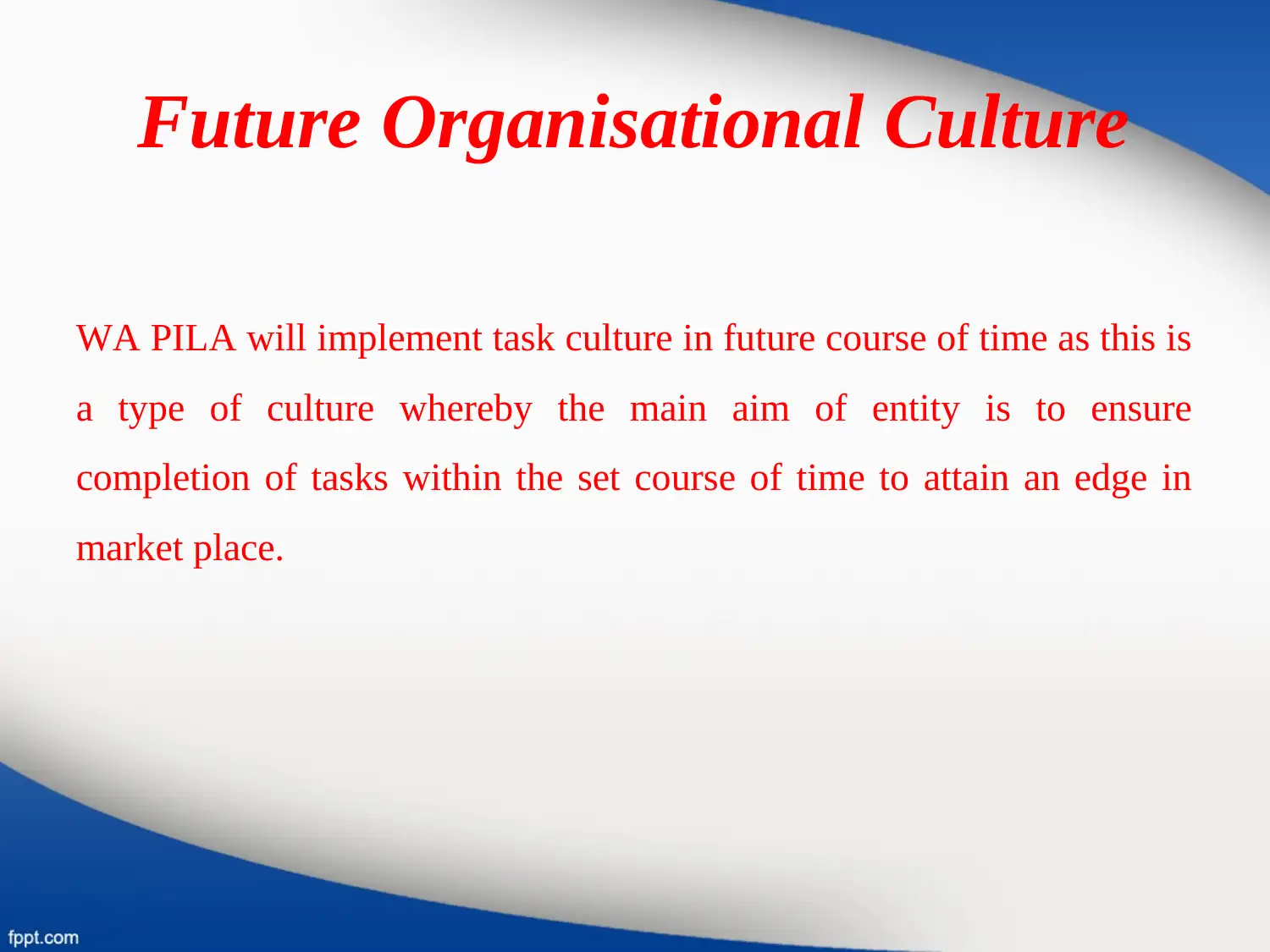
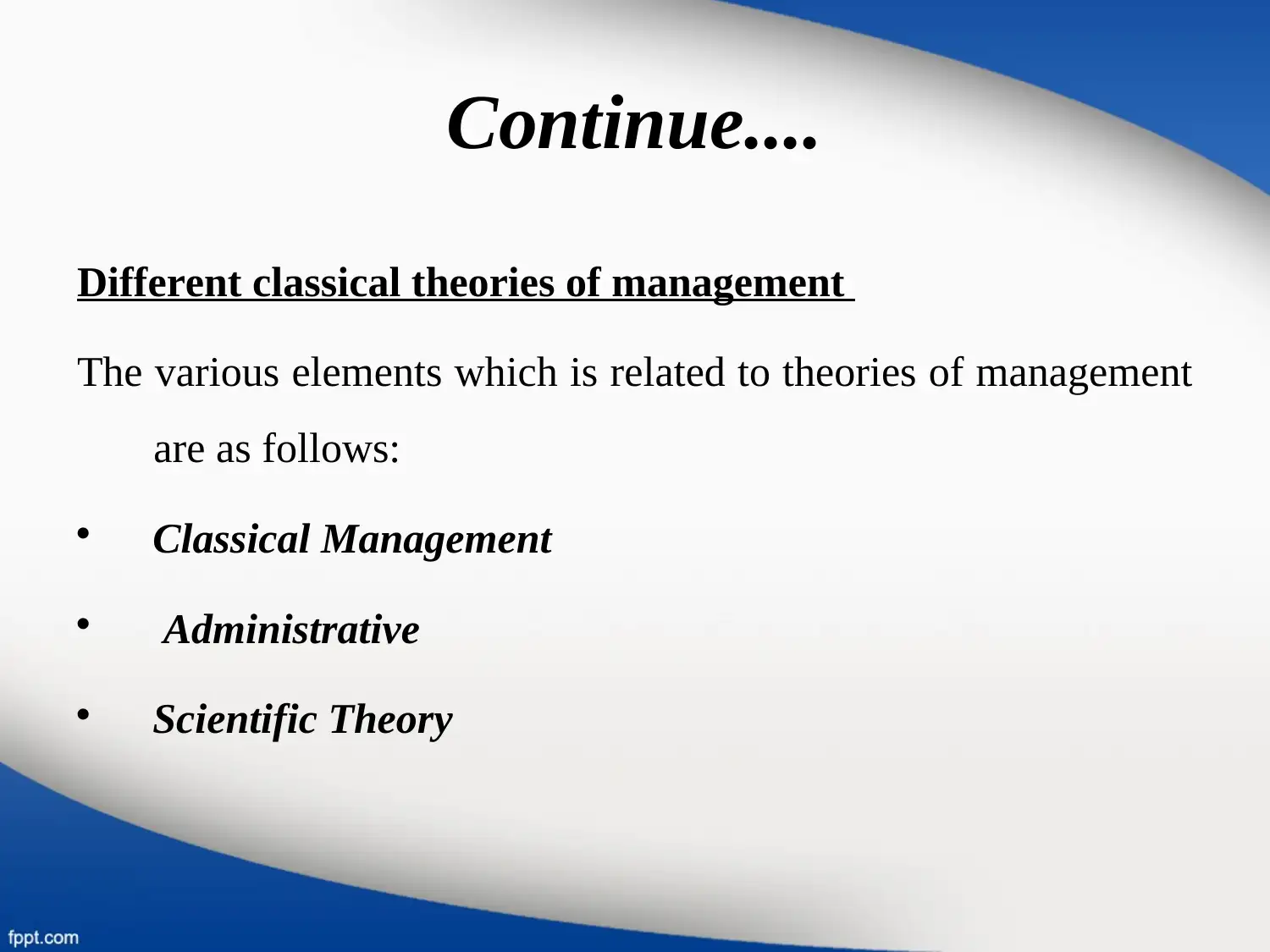
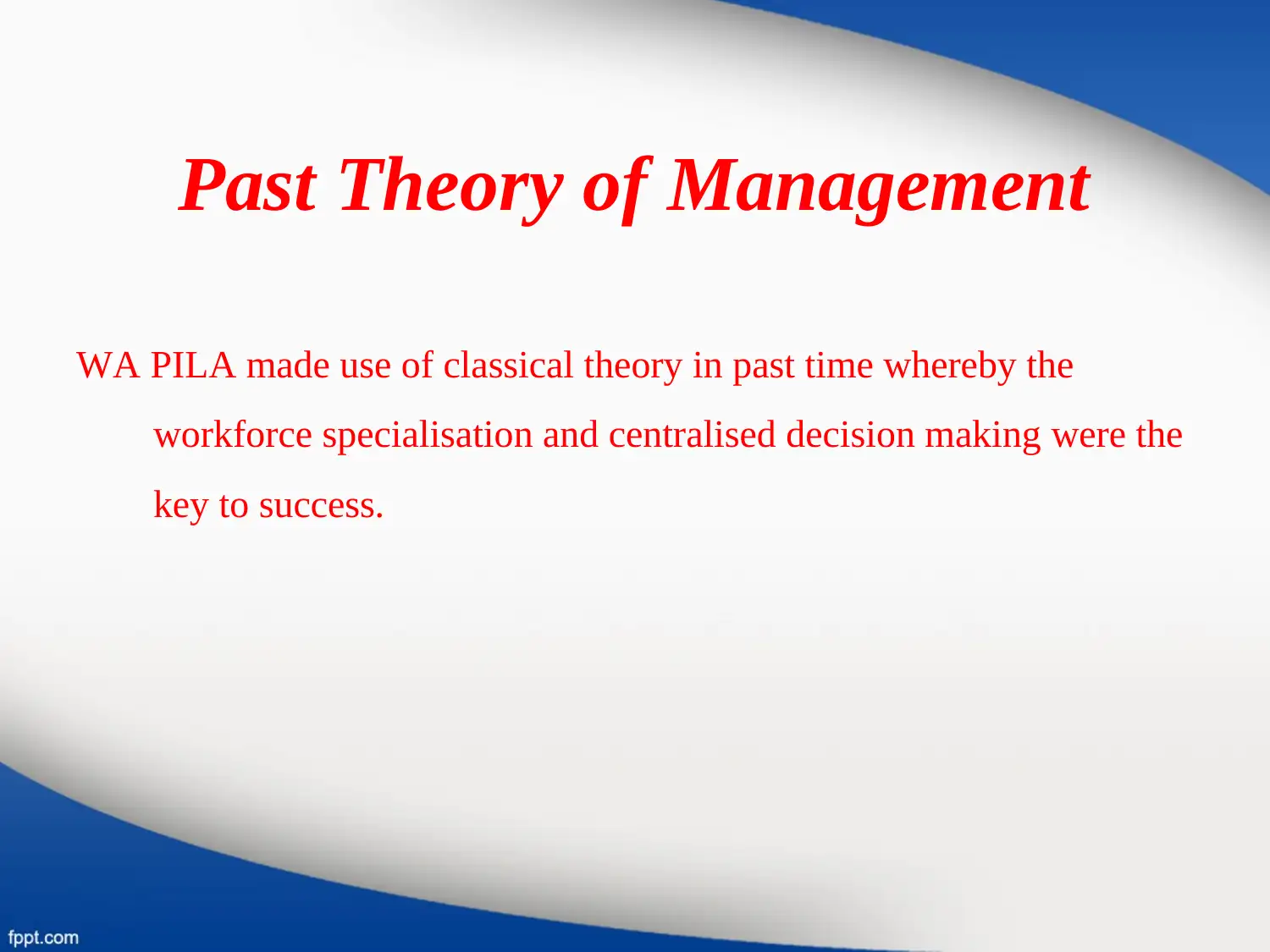






![[object Object]](/_next/static/media/star-bottom.7253800d.svg)